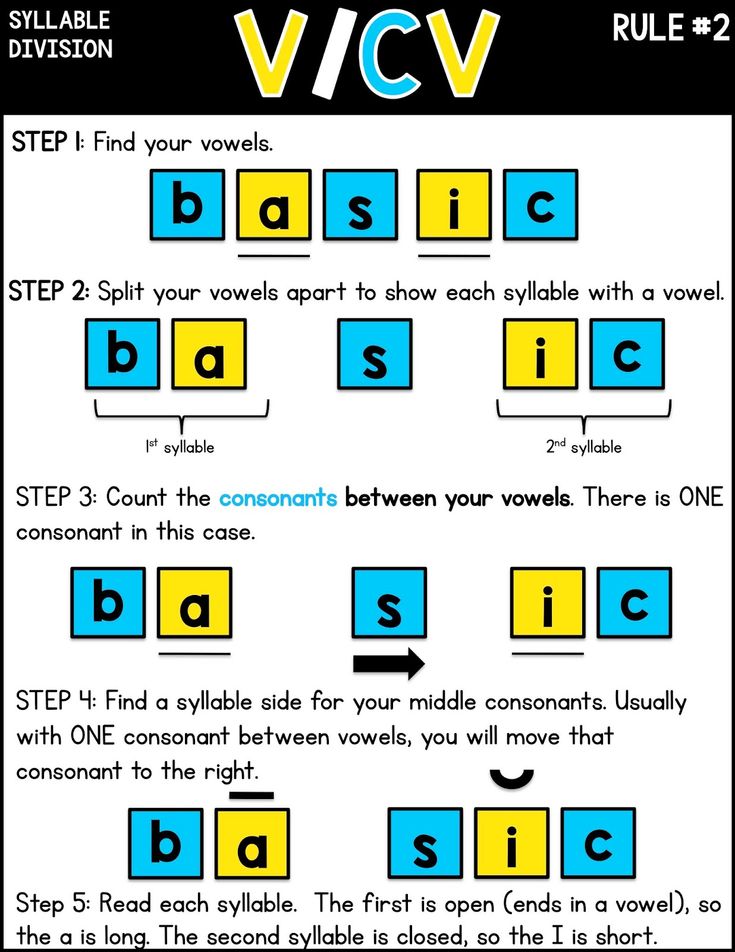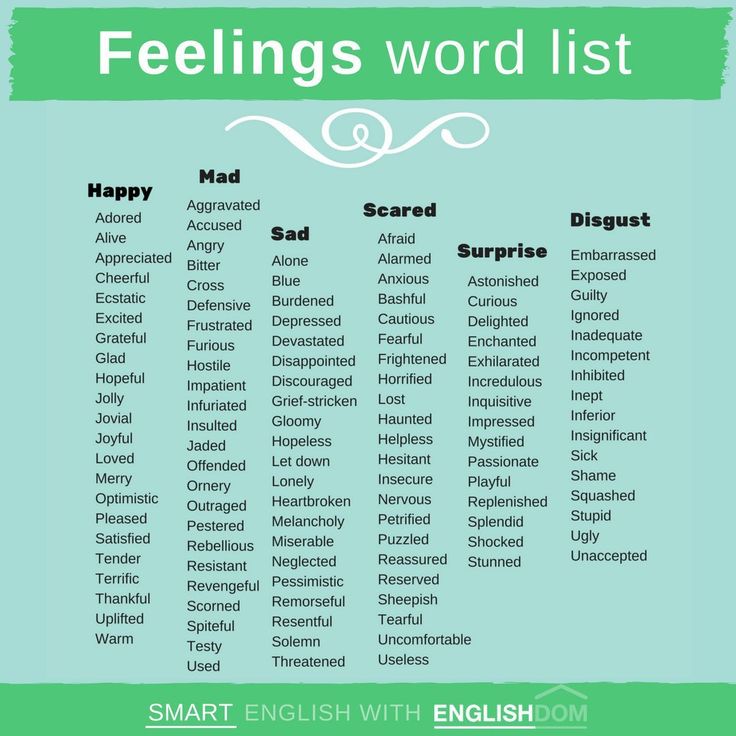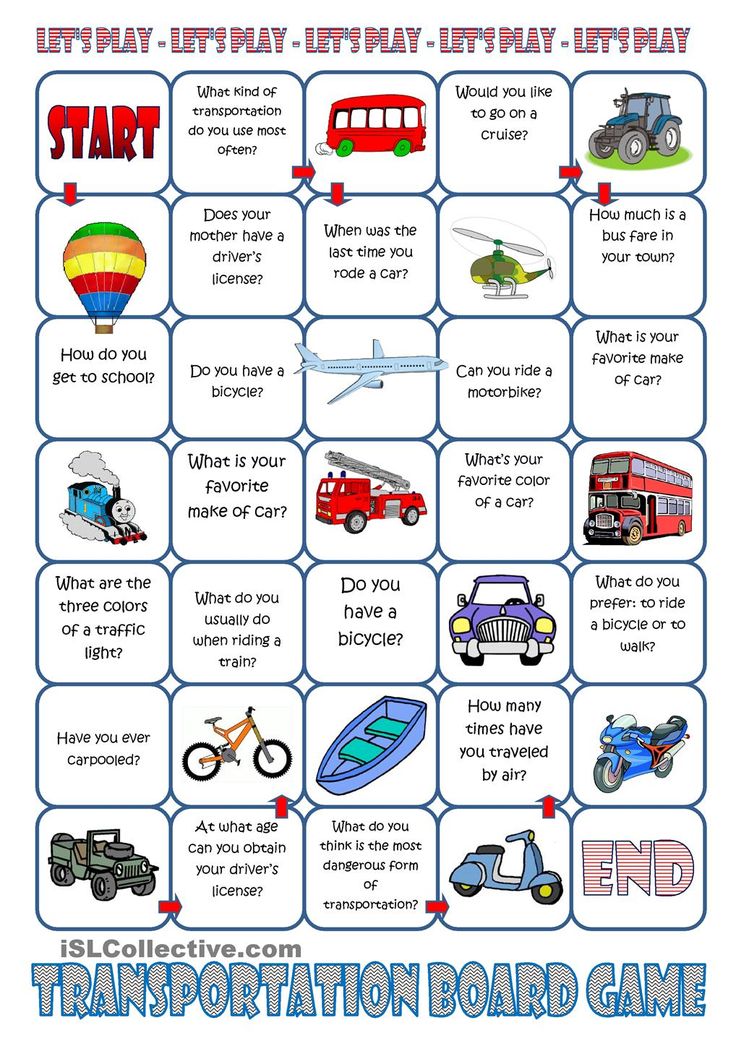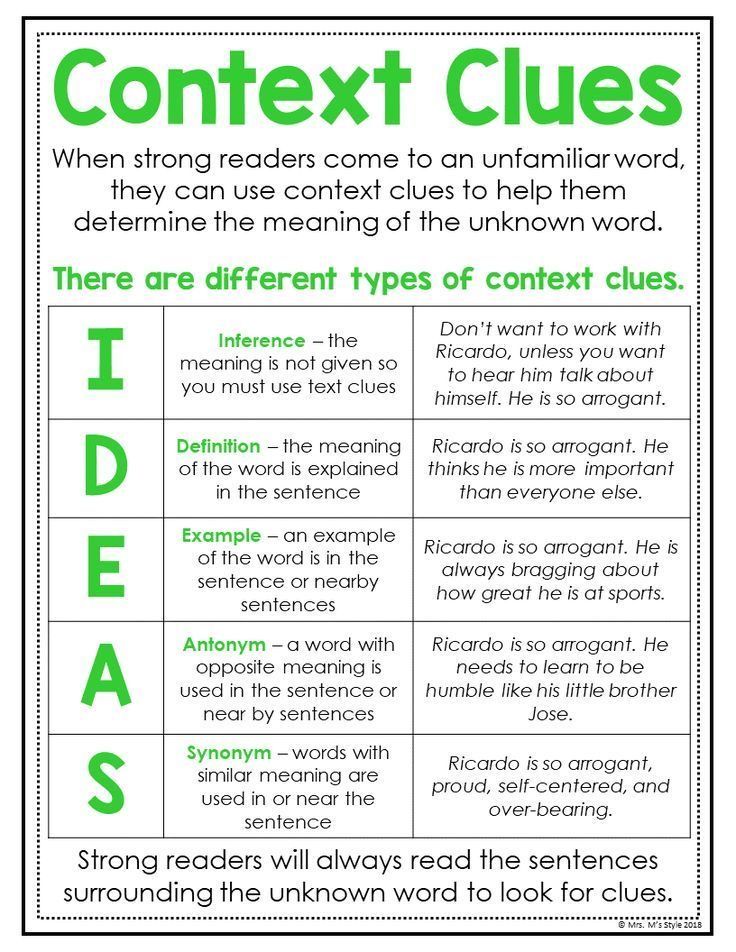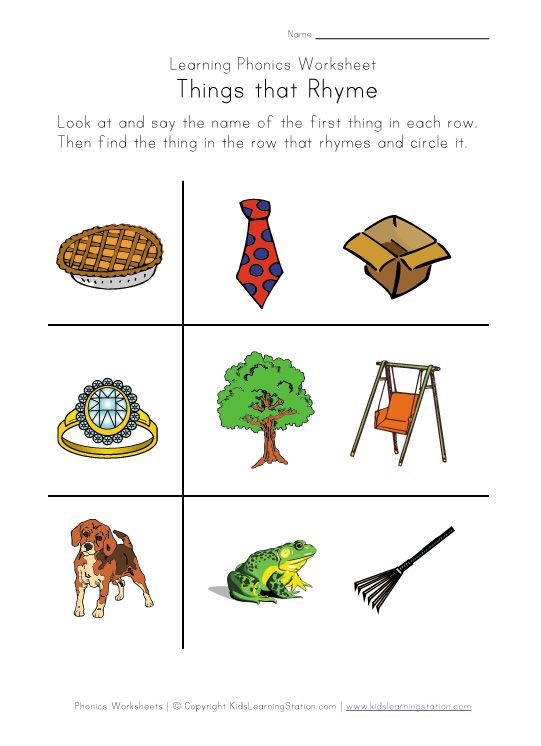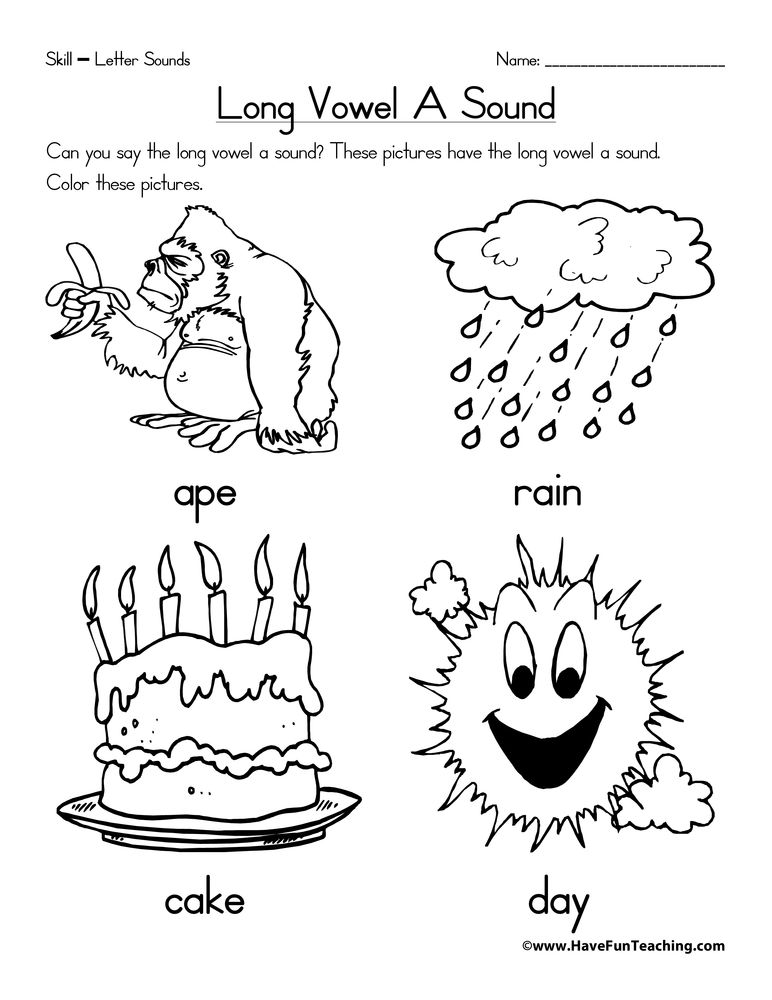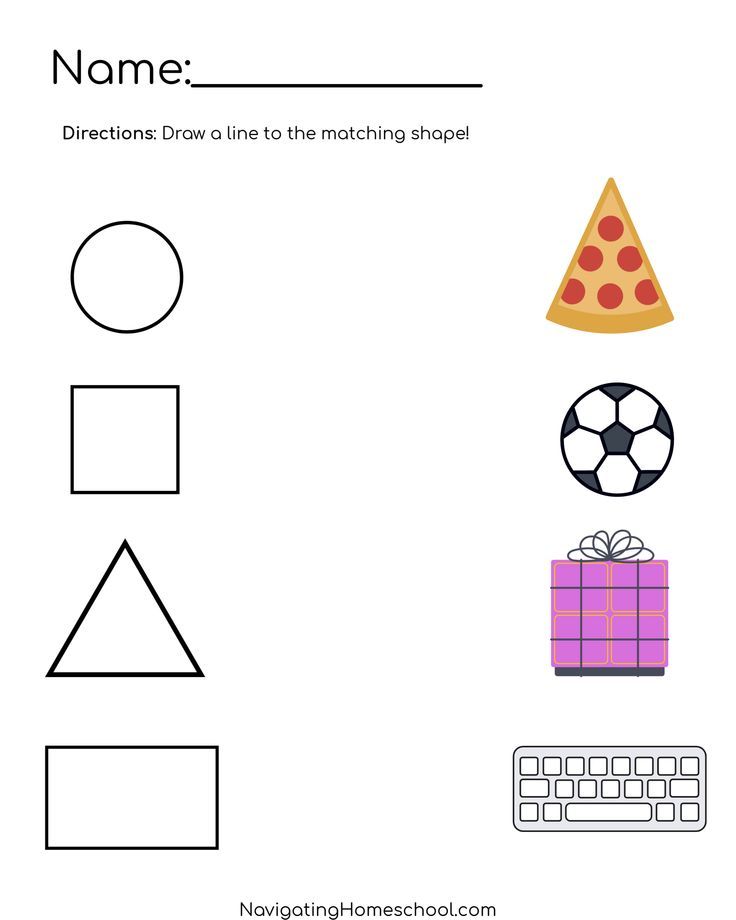Numbers kindergarten games
Number Sense Games for Kindergarteners Online
Developing number sense is crucial for Kindergarten-Grade kids. Knowledge of number sense is vital for learning other mathematical concepts like addition, subtraction, place value, etc. The following section discusses some online educational games to make number sense, a piece of cake for Kindergarteners.
Simplifying Math: What's Number Sense?Number sense lessons introduce Kindergarten-Grade kids to numbers, quantities, and their relation with each other. Kindergartener kids often apply subitizing, i.e., recognizing the number of objects without counting, to understand number sense.
Number sense enables kids to understand the concepts of ordinality and cardinality. While it is true that the concept of number sense is challenging for kids, online educational Number Sense Games for Kindergarteners make it reasonably easy.
Five Exciting Online Number Sense Games for KindergartenersHere are the five best educational Number Sense Games for Kindergarteners:
- Select the Correct Model - Kids learn composing and decomposing numbers through this fun game.
They use colorful concrete models in this game and identify the correct model. As kids work with numbers within 5 here, it sharpens their number sense skills.
- Make a Number within 5 - Kids need to guide a poor little snail to home. They take the support of Oolzoos here. The game exposes your tiny tots to visual representations as they make numbers within 5. Then apply the 'Count all' strategy to answer the questions.
- Making a Number (Up to 10) Using Cubes - Kids play this colorful interactive game to hone their knowledge of number composition. They make numbers within 10 using cubes. They work with the elements, create a model, and represent the number provided in the game.
- Compare and Tell Where are More Objects - Comparing numbers and objects is essential for developing number sense. This interactive game motivates them to practice counting and use objects to compare groups. Kids work with numbers 1-10 in this game.
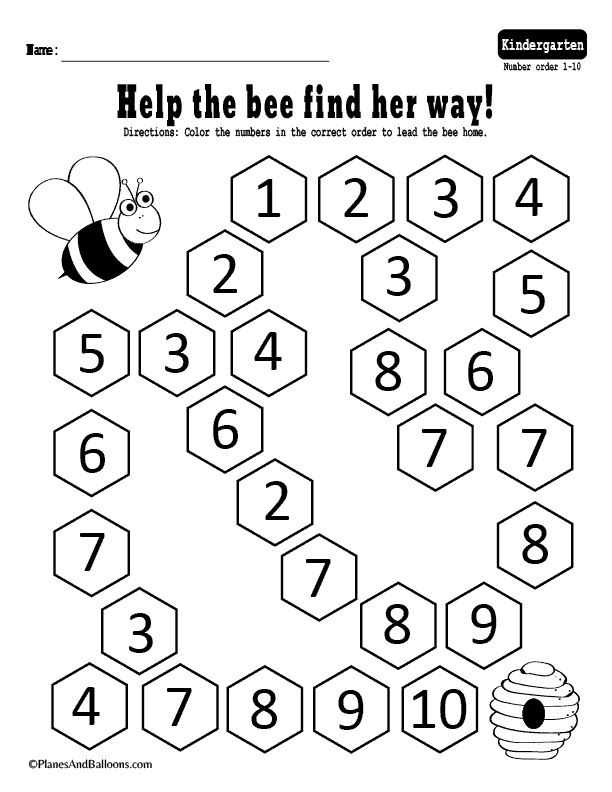
- Identify the Least and Greatest Number - This fun game teaches them ordering numbers. They work with multiple problems to find the least and the greatest numbers. Kids apply the concepts of comparing numbers to understand number order correctly.
Yes, number sense may appear difficult for young Kindergarten-Grade kids. The topic involves many things like sequencing, writing, comparing, and ordering numbers. Learning and retaining all these concepts can be challenging for kids. As a result, they may frequently make mistakes and lose interest. The following section contains tips for parents to simplify number sense for kids.
Parents' Encouragement is VitalParents need to play the role of a friendly guide. It is wise to hold kids' hands initially and play online number sense games with them. The best way to help kids excel in number sense is by making them practice more.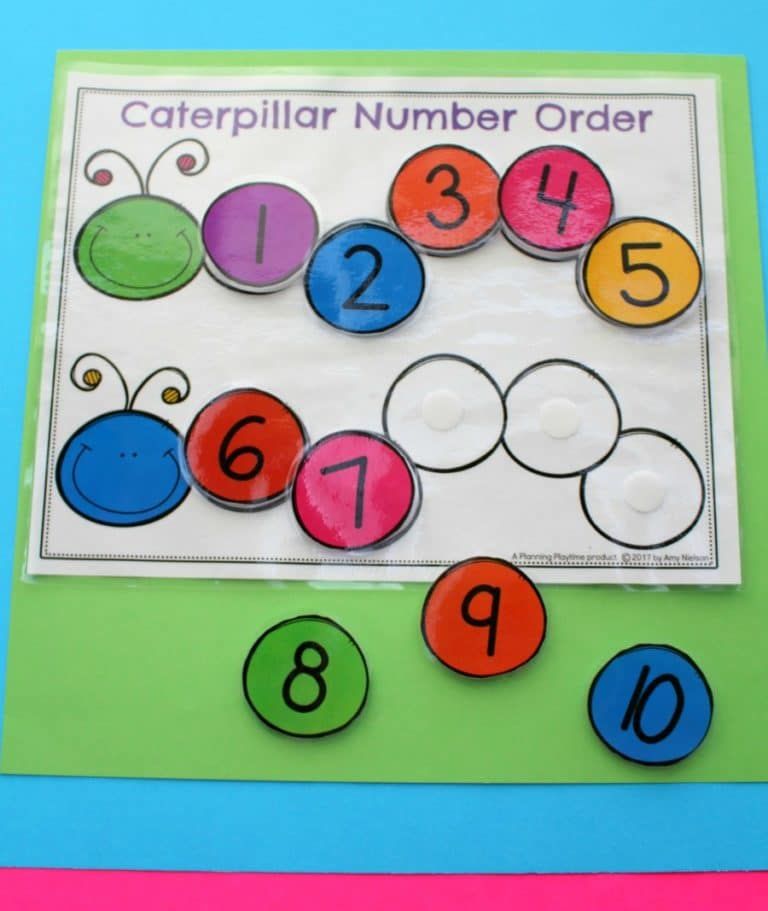 Once they develop this habit, learning will be self-driven.
Once they develop this habit, learning will be self-driven.
Number sense is a primary mathematical skill, without which kids cannot understand mathematics. Online educational games on SplashLearn enable kids to grasp complex concepts easily.
Try SplashLearn for Free
15 Best Number Games And Activities For Kindergarten Kids
Inculcate the love for numbers in your little one and watch them create magic with them.
Image: Shutterstock
Learning numbers can be challenging for many children. However, children learn better when they are taught through play and rhymes. So, we have compiled some number games for kindergarten kids that can help children get acquainted with maths, counting, and numbers.
Playing along to number-based nursery rhymes like “One, two, buckle my shoe…” and “Five little speckled frogs” would make any toddler sing along and have fun while learning. We have included ways you can help children learn their numbers better without getting nervous.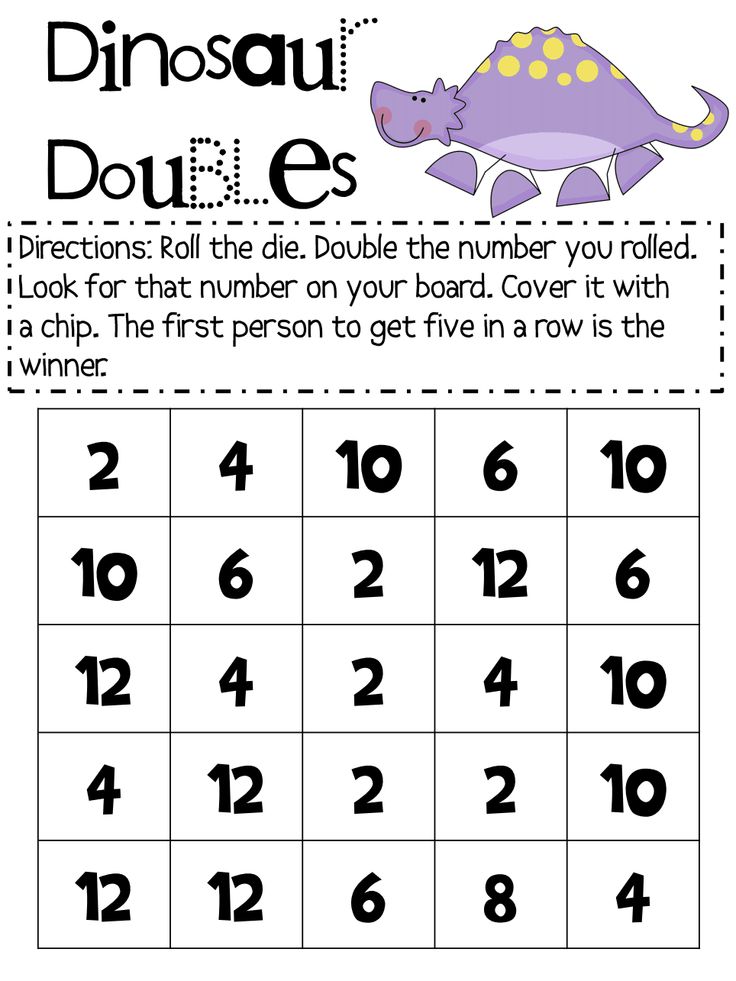 So, read on to find out more about number-based learning games.
So, read on to find out more about number-based learning games.
The following list has 15 easy number games and activities that you can try with things in your house. All you need is a little preparation, and you’re set to give the kid a numbers lesson.
1. Number Train
Image: iStock
Kids love trains and are fascinated by them. In this activity, we make trains with blocks, straws, tape, or anything else that can be stacked in a line to make a train. This activity works well with a group of kids.
You will need: Colored wooden blocks (different shapes), a ruler scale or tape, space to play
What to do:
The objective of the game is to stack a specific (train of three, four, or five) number of blocks horizontally on the floor, to make a train.
- Start by demonstrating the activity. Ask the kids to pick a number under 10. Then stack as many blocks as the number they choose.
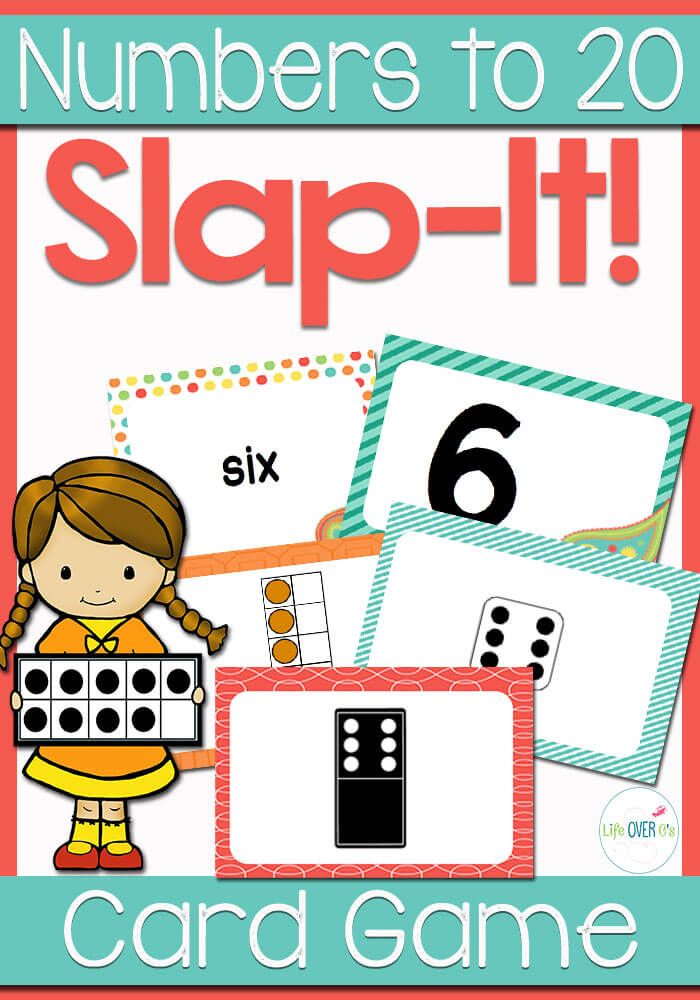
- Next, give each child a set of blocks or make teams if you have fewer sets of building blocks.
- Give them a number and ask them to make a train like you did. So if the number is four, they have to make a train with four blocks. If it is eight, then they use eight blocks.
- Repeat the game as many times as you can.
What kids learn:
Number sense and counting are the two things that kids learn with this activity.
2. Find The Number And Pop A Bubble
Bubble wraps are not toys, but we love playing with them, don’t we? This activity uses bubble wrap to learn numbers and have a little fun.
Please note that bubble wrap is not a toy. Kids should not be allowed to play with bubble wraps without adult supervision.
You will need: A small sheet of bubble wrap (preferably cut in squares) – use one with larger bubbles to be able to write, a gel pen or marker
What you do:
- Write numbers from one, two, and so on, randomly over the bubbles using a marker or a sketch pen.
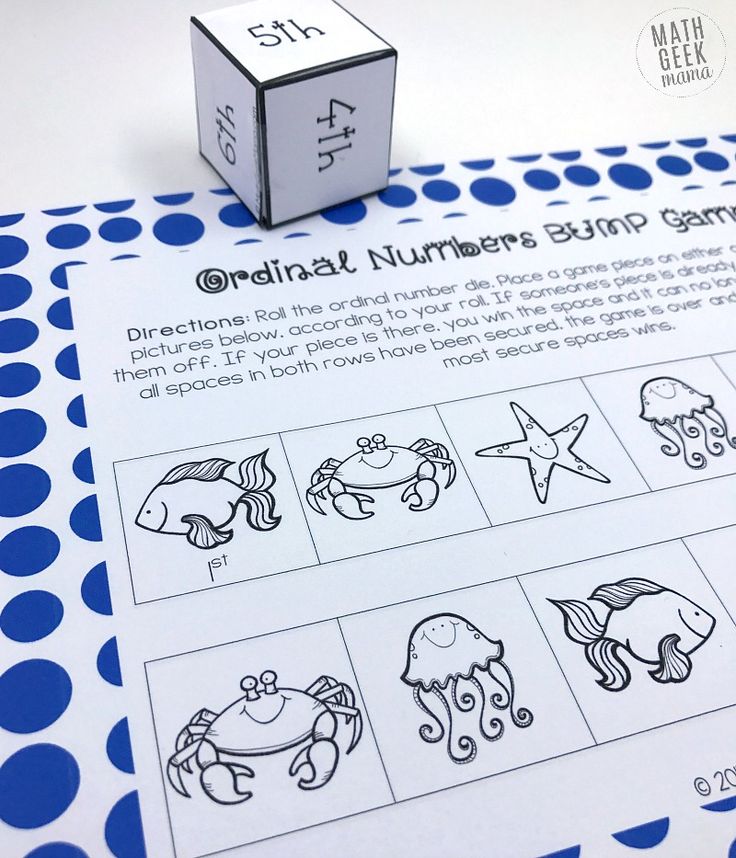 You can repeat some numbers if you want.
You can repeat some numbers if you want. - Now give the bubble wrap sheet to your child. When you call out a number, the child has to point to the bubble with that number on it, call it out loud, and then pop it!
- Repeat until you pop all the bubbles.
This can also be used for math practice for older kids.
What kids learn:
Number recognition
3. Number Hunt
Image: Shutterstock
Number Hunt is similar to treasure hunt, except it involves small slips with numbers written on them. This innovative counting game can be a fun group game for kindergarteners.
You will need: Slips of paper or post-its, a pen
What you do:
Prepare for the hunt beforehand. Cut a sheet of paper into small pieces that you can hang with a thread. You could also use post-its instead.
- Write a number, from one to 20, on each piece of paper.
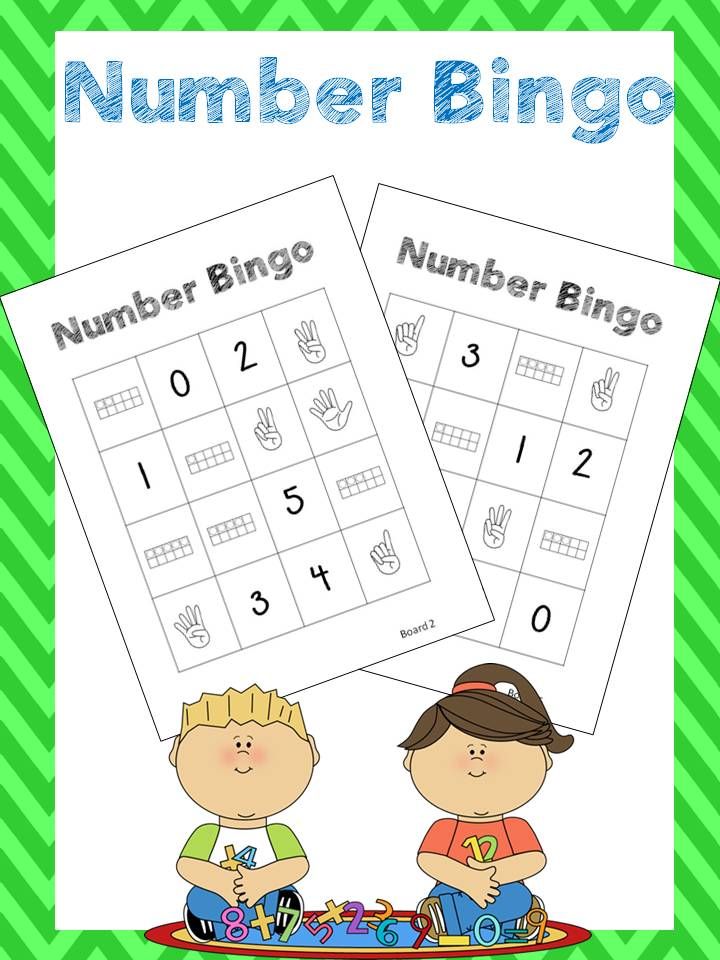 Do not repeat a number.
Do not repeat a number. - Stick the papers at different places randomly, around the house. Put them in places where the child is likely to find them.
- Set a timer for ten minutes and ask the kid to search for all the 20 slips of paper.
- Each time he finds one, he reads the number on it aloud.
What kids learn:
Number recognition
4. Tracing numbers
Image: Shutterstock
Identifying the number is the first step. The next is to be able to recreate it on paper. One of the best and most effective ways to teach that to a kid is to let them trace the numbers.
You will need: Papers or charts, marker, pencil
What you do:
- On the paper or a chart, write the numbers you want the child to practice in a big font.
- Give enough space between the two numbers so that the numbers do not overlap when the child traces them.
What kids learn:
Writing digits and number recognition
5.
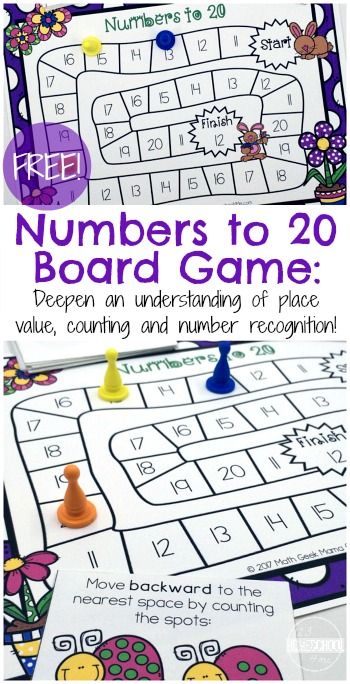 Counting with Cups
Counting with CupsIf you run out of things to count, use Styrofoam or paper cups to teach numbers. The best part is you can reuse the cups several times for the activity.
You will need: White paper cups (11), marker pen, small objects like beads, beans, or pasta (55)
What you do:
- Number the cups from zero to 11. Make sure that the digit is visible on the surface of the cup.
- Give the cups to your child and ask to arrange them in order from the smallest number to the biggest.
- Now give them the 55 beans and ask them to locate the number written on each cup and put that number of beans in the cup.
- Once your child is done putting the beans in the cup, let them empty each cup and see if they placed the right number of beans in each cup.
What kids learn:
Counting, number recognition, and one-to-one correspondence
6. Paint By Number Art
Image: Shutterstock
Another way to teach your little one about numbers is through painting by numbers activity.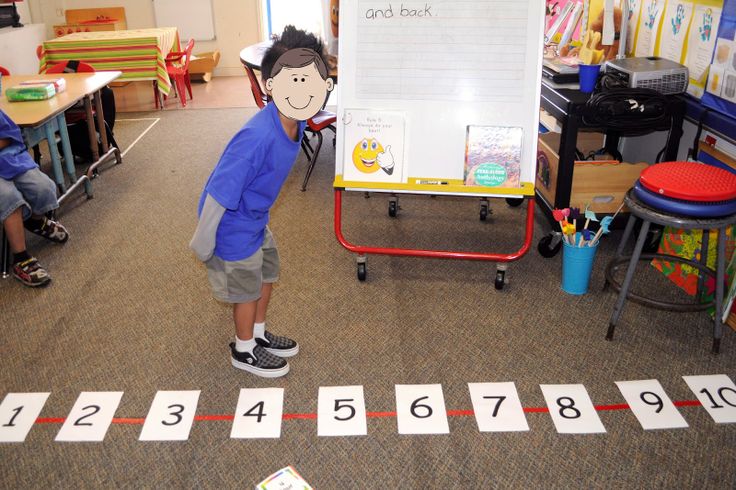 The activity needs the child to focus on the numbers and identify them correctly to get the picture right.
The activity needs the child to focus on the numbers and identify them correctly to get the picture right.
What you need: A painting-by-numbers template, paints or crayons to color
What you do:
- Get two computer prints of the template – pick an easy model, an image with fewer but larger sections that a child can paint easily.
- Sit with the child and tell him what they need to do. Show them by coloring a numbered part of the template.
- Ask the child to pick a number next and check for the corresponding color on the sheet.
- Color the template fully.
What kids learn:
Number recognition
7. Connect The Dots
Image: iStock
As a kid, I loved playing connect the dots. It was the easiest puzzle in the newspaper, and I would always get it right! What I didn’t know then was that this puzzle could also be used to teach kindergarteners about number sequencing!
You will need: Sheets of paper (you can use a white or black board too), a pencil
What you do:
- On a piece of paper, write down the numbers with a dot on top, in a random order or in a sequence, to form a shape such as a circle or a square.
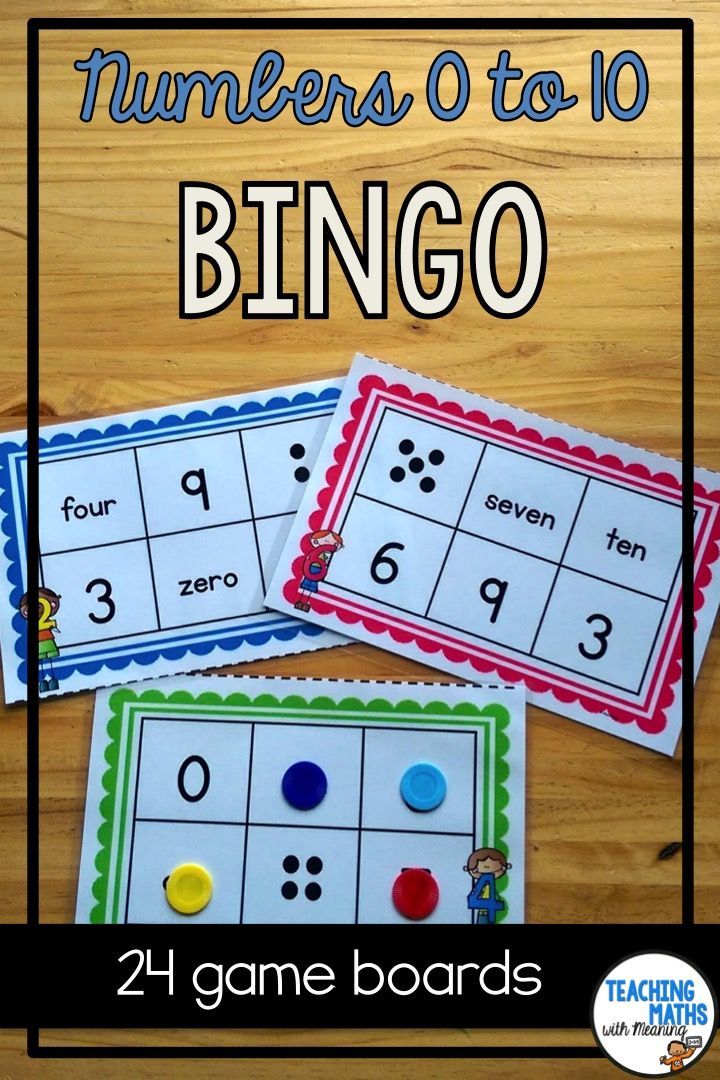
- You can also download connect-the-dot exercise templates as well.
- Ask your child to draw a line starting from number one to number two. Next, ask your child to join the numbers two and three, by extending the line they drew.
- Continue joining the dots until all the numbers are connected, and you get the desired shape.
What kids learn:
Number sequencing, number recognition, fine motor practice making lines
8. Count The Number of Things Inside The House
Image: iStock
This is a simple counting exercise that you can practice with the kid at any time.
You will need: Multiple household items that you can count such as beds, pillows, chairs, doors, etc.
What you do:
- Make a list of things that you can ask your child to count.
- Then ask the kid to go around the house and count the number of those items using their fingers.
- For instance, say “I want you to count the number of windows in our house.
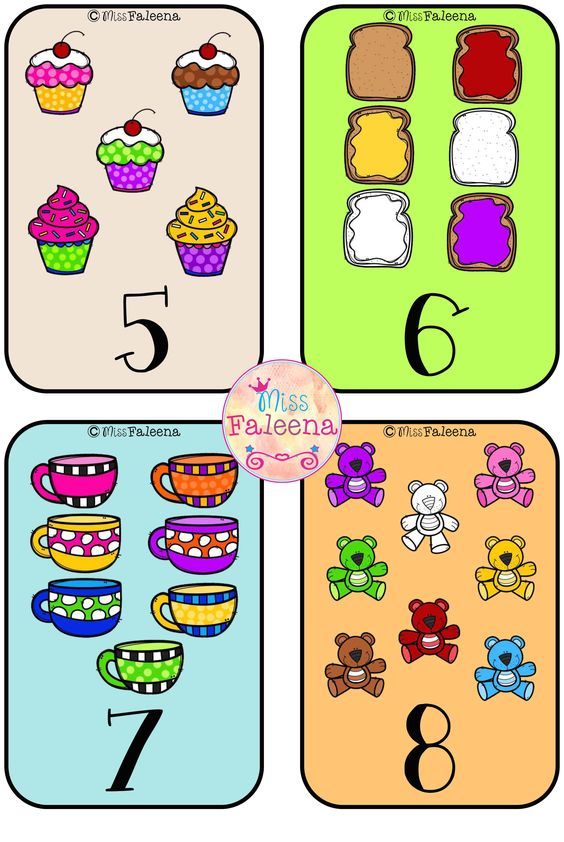 ” And then wait for the kid to count.
” And then wait for the kid to count.
You can repeat with random things such as the number of red (or any other color) items, lights, books on a table, etc.
What kids learn:
Counting numbers, rote counting, one to one correspondence
9. Rock Paper Numbers
Image: iStock
Rock paper scissors is a game we all played as kids. You can play this game with your little boy or girl today, to teach numbers and counting. We call the game Rock Paper and Numbers.
You will need: Nothing but time and energy!
What you do:
The game is a lot of fun when played with a small group of kids.
- The game is played like rock, paper, scissors. Only that instead of rock or paper or scissors, which is just two fingers, you can show a number.
- On the count of three, you and your child can put up as many fingers as you want.
- Then ask the kid to count the number of fingers you are showing and how many he has.
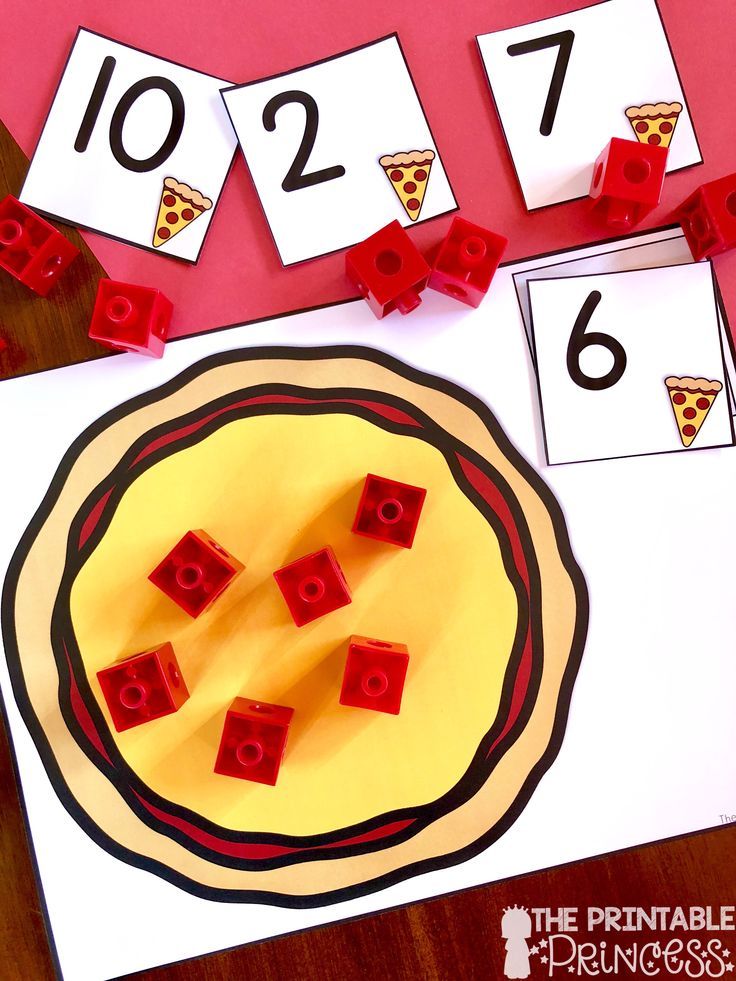
What kids learn:
Subitizing, one to one correspondence
10. Counting With Dice
Image: iStock
A pair of dice can be great tools for teaching kids how to count. This simple activity can teach them to concentrate and count things.
You will need: A board game
What you do:
- On a sheet of paper or chart, write the numbers from two to 12.
- Ask the child to roll the dice and count the dots facing up and circle the number on the sheet.
What kids learn:
Counting, one-to-one correspondence
11. Count The Cars
Image: Shutterstock
This is a fun outdoor game that you can play with the kid, when on a road trip. In fact, this is one of the best games to play when traveling, for it also boosts the child’s memory power.
You will need: Sit somewhere outdoors, where you can see passing cars.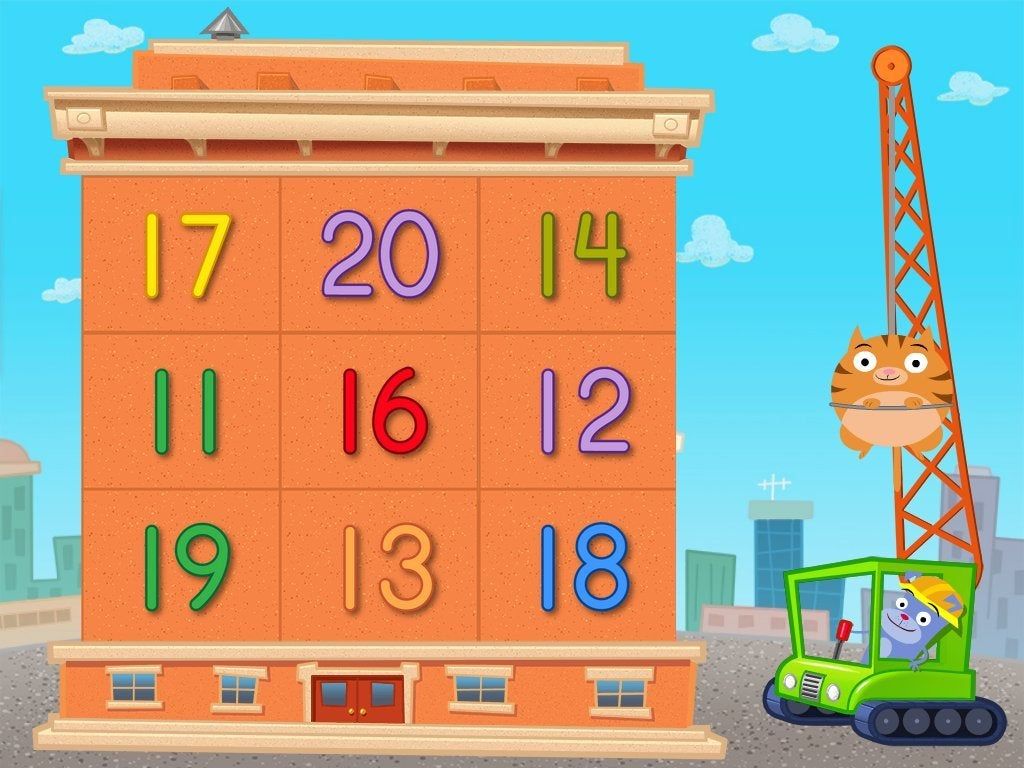
What you do:
- Ask your child to watch out for a specific colored car – red, blue, or green. Don’t choose a standard color.
- You also pick a color and count every time you see a car in that color.
- Ask the kid to count the total number of red/green/blue colored cars he has seen.
- In the end, compare who has a bigger number.
What kids learn:
Counting, color recognition, comparison of less and greater, and memory/retention
12. Number Puzzle
Image: iStock
A puzzle can also be used to make math fun for kids. You can get a cardboard puzzle or a wooden puzzle toy that can be used several times and by different kids (in a school).
You will need: Number puzzle (bought or made at home)
What you do:
- Get a puzzle with numbers from one to 20.
- Jumble the numbers and ask the child to join the pieces of the puzzle to arrange them in order.
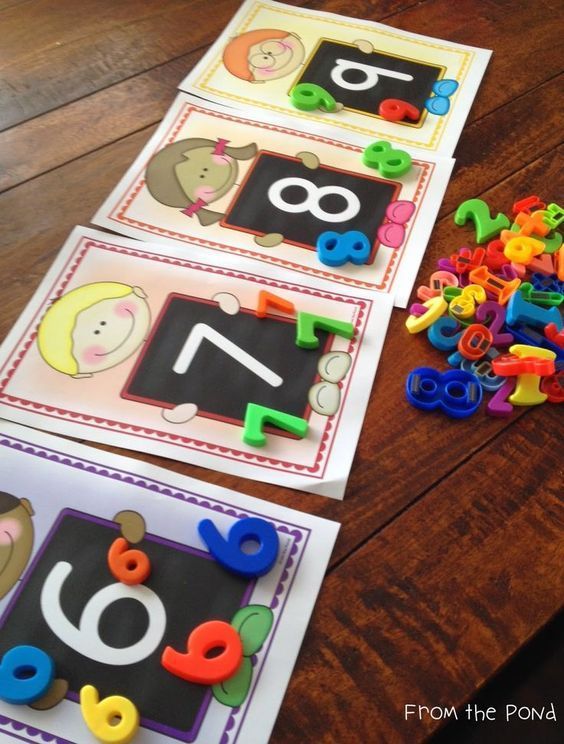
- You can show him how to do it with the first one or two numbers.
What kids learn:
Number sequencing, solving puzzles, number recognition
13. Collect Flowers And Count
Image: Shutterstock
Want the kid to go out more often and experience the beauty of nature? Take them to a garden to gather flowers. And count too.
You will need: A trip to the garden or flower market
What you do:
- Take your child to a market and ask them to pick a few flowers for the house.
- At home, ask them to sort the flowers – put one variety of flowers together, make separate bunches.
- Now ask your child to count how many flowers of each variety there are.
What kids learn:
Sorting, counting
14. Hopscotch Numbers
Image: iStock
Hopscotch is a game that little children like to play. You can try a simpler version (the English Cat’s Cradle version) of this game for kindergarteners, with smaller circles and squares they can easily jump on to.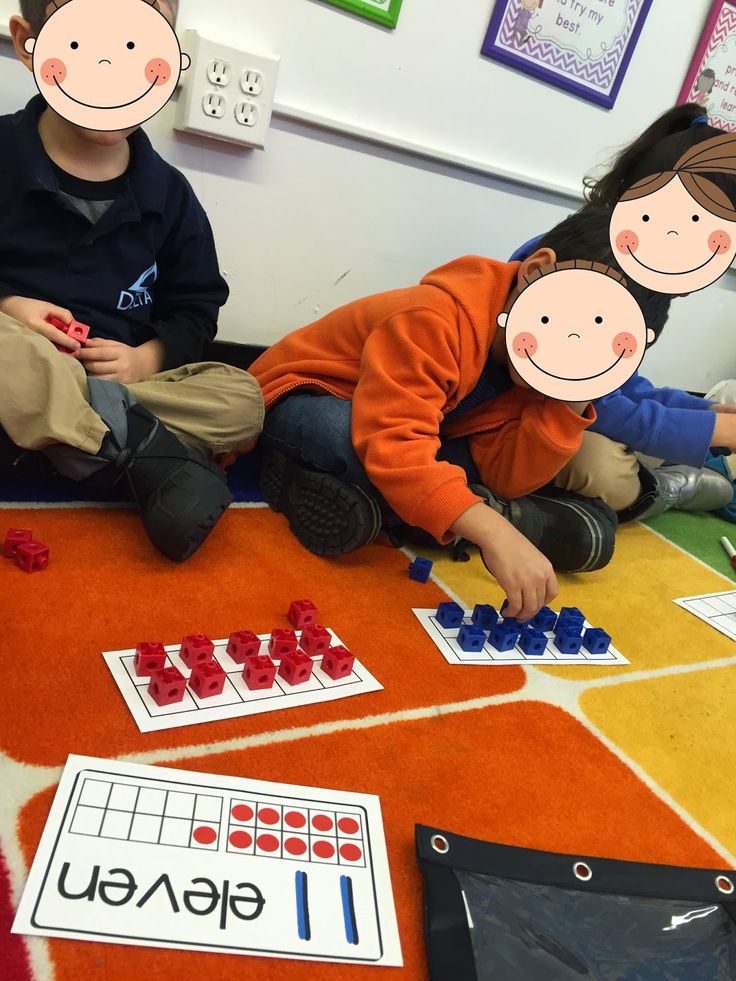
You will need: Space to play outdoors – a concrete area preferably, chalk (different colors)
What you do:
- Draw the cat’s cradle version of Hopscotch court – the numbers are written in a sequence, from one to ten.
- Call out the number one and ask your kid to jump on the numbered square.
- You can call the numbers in a sequence or random order, just to see if your child can identify the numbered square.
What kids learn:
Number recognition
15. Match Playing Cards
Image: Shutterstock
Who says playing cards are just for adults? Kids can play with them too, to learn math.
You will need: A deck of playing cards
What you do:
- Sort the cards and take out cards two to ten from all the suits.
- From these, tape the cards of one suit on a wall, in a random order.
- Arrange the rest of the suits on a table nearby, in order.
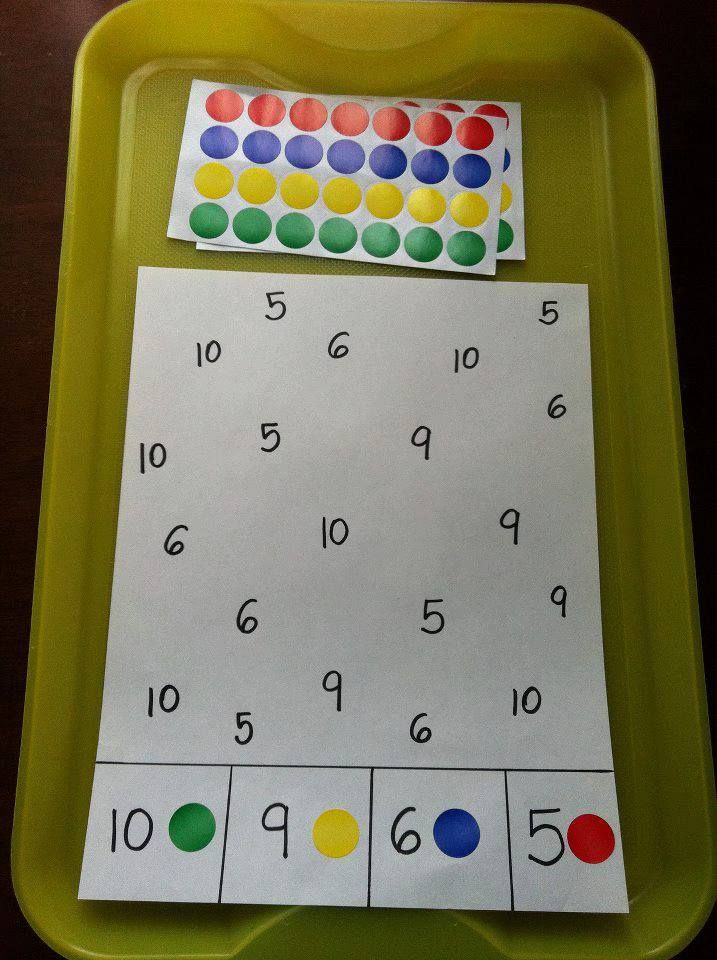
- Ask the child to pick a card from the deck on the table and slap it on the matching number on the wall!
You can use tape to stick the cards together.
What kids learn:
Number recognition
1. What are pre-number activities?
Pre-number activities are introduced to children before they are introduced to actual numbers and related activities. These help children learn about the basics of numbers and have fun through different tasks.
2. What are numeracy activities?
Numeracy activities help children understand the basics of mathematics and also allow them to apply these skills in the various domains of life. A few basic numeracy skills include (1):
- Understanding problems with numbers
- Learning addition and subtraction
- Identifying patterns
- Counting objects
3. What is number sense in kindergarten?
Number sense refers to one’s ability to perform basic operations with numbers and also includes a sense of flexibility and fluidity with numbers.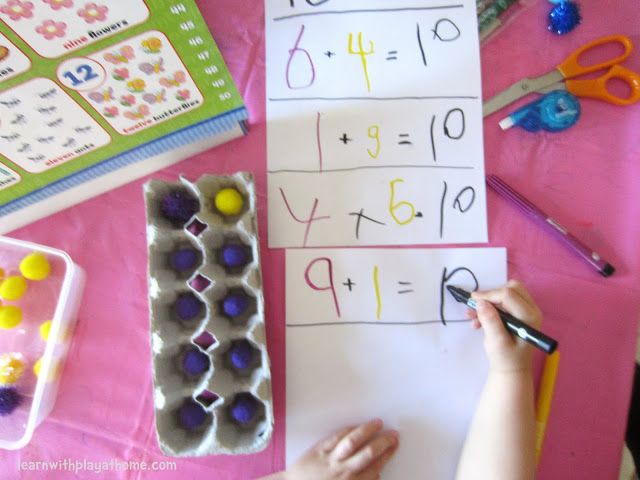 Number sense also refers to the understanding of numbers’ relationship with one another. For example, knowing that one number is more or less than another.
Number sense also refers to the understanding of numbers’ relationship with one another. For example, knowing that one number is more or less than another.
Although children entering kindergarten do not usually possess this skill, they can identify small groups of numbers without counting (also known as subitizing), which can be considered a prerequisite for number sense.
Number games for kindergarten kids are an exciting way to teach them about numbers and counting. Games such as number hunt, painting by numbers, and counting flowers are fascinating ways to keep your child engaged and improve their counting and number sense. You could also join in and help them understand the concepts better as you play and bond.
References:
MomJunction's articles are written after analyzing the research works of expert authors and institutions. Our references consist of resources established by authorities in their respective fields. You can learn more about the authenticity of the information we present in our editorial policy.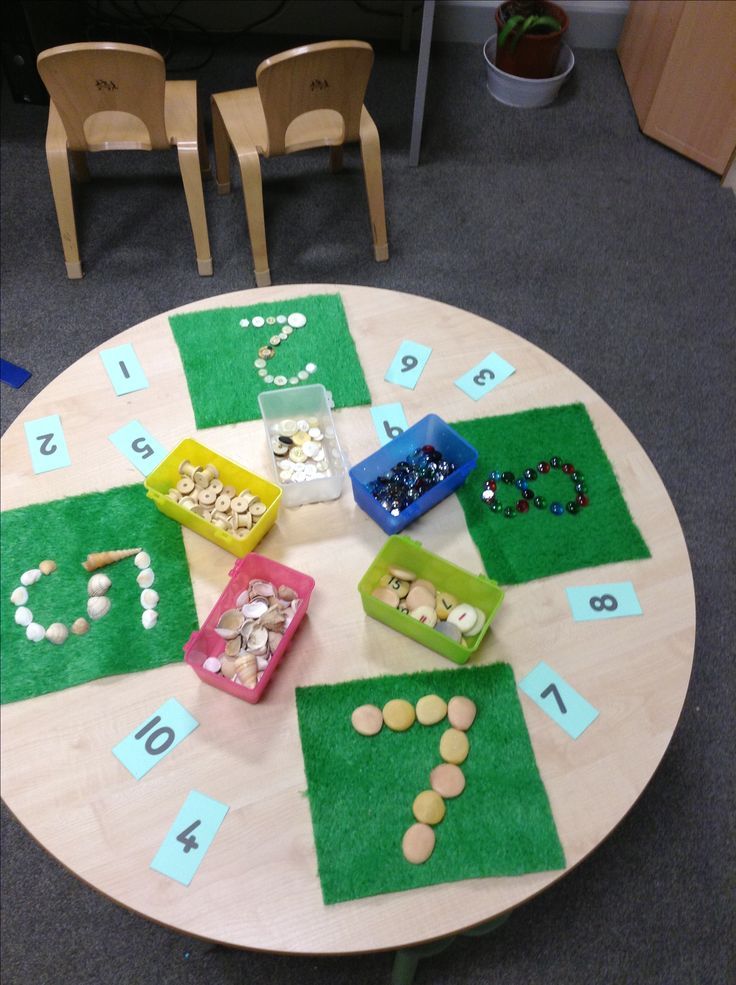
- Numeracy and math skills – babies and toddlers; Raising Children
https://raisingchildren.net.au/babies/play-learning/learning-ideas/early-numeracy
The following two tabs change content below.
- Reviewer
- Author
Sagari was a math graduate and studied counseling psychology in postgraduate college, which she used to understand people better. Her interest in reading about people made her take up articles on kids and their behavior. She was meticulous in her research and gave information that could be of help to parents in times of need. An animal lover, vegan, and...
View Profile ›
Ashley KZ Showell is a kindergarten teacher and founder of Forwardwithfun.com, where she promotes hands-on learning activities that get children excited about learning. She graduated from UCLA in 2010 with her Masters in Education with a focus on social justice. Her passions are inclusive education for all, creating a curriculum that makes learning fun, and empowering parents to become active.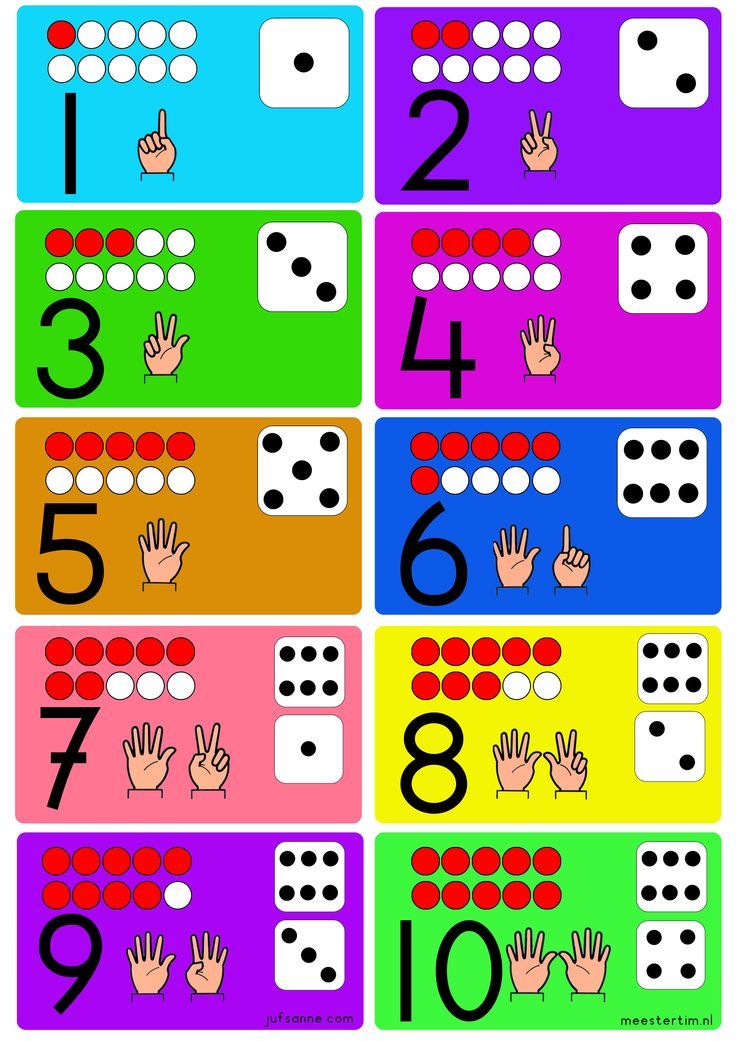 ..
..
View Profile ›
Content
- Cards with “Learn numbers”
- Cose-ciphera
- Cover the correct numbers
- numbers
- of the game “Learn numbers” for children
- NASE!
- Make a number
- Numbers by numbers
- Finders
- Pantomime
- Laughter
- Gymnastics by numbers
- Find the mistake 900 with numbers 5 Memory 0005 Tangram “Figures”
- Coloring numbers
- Table games “Learn numbers” for children
- Mixed Domino
- Print tasks “Learn numbers” for children
- Digital Labyrinth
- We count on fingers up to 10
Developing games “Developing games” Learn numbers" for children: a selection of fun games and tasks. Print out children's tasks with numbers for preschoolers.
Children aged 2-5 usually do not yet know all the numbers, but only name or “recognize” some of them.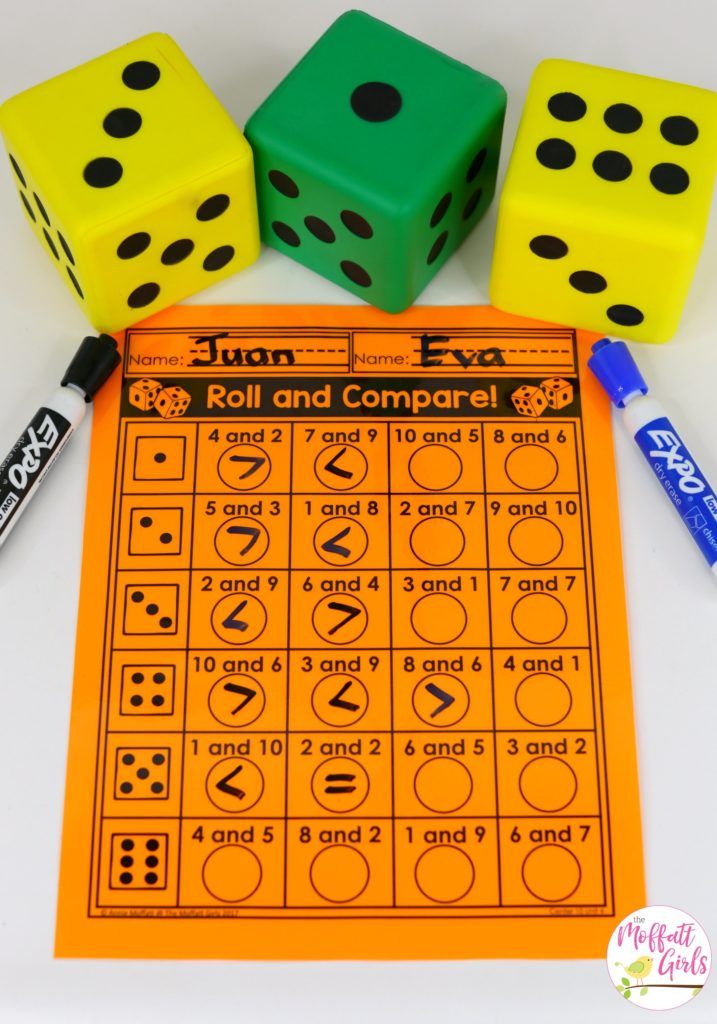 Kids confuse a number and a number, a number and a letter, they confuse numbers with each other: zero and the letter 0, G and 1, 2 and 5, 9and 6, 1 and 4, etc. Often violate the sequence between adjacent numbers from a series.
Kids confuse a number and a number, a number and a letter, they confuse numbers with each other: zero and the letter 0, G and 1, 2 and 5, 9and 6, 1 and 4, etc. Often violate the sequence between adjacent numbers from a series.
Certain difficulties arise in some children when the result of the count must be indicated by a number or the figure must be correlated with the required number of items.
Lessons "Learn numbers" for preschool children will allow you to easily and quickly eliminate such problems in a playful way.
Here: games for children "Let's learn letters".
Cards with sheep "Learn numbers"
Educational cards - visual material, convenient for explaining any topic. Therefore, it is successfully used in the study of numbers.
Copy-book numbers
Here: Print additional copy-book numbers for children.
Circle the correct numbers
Lego numbers
Learning numbers games for kids
Name it!
Numbers made from different materials are considered: paper, cardboard, fabric, printed on cards of different sizes and colors, written or printed, etc.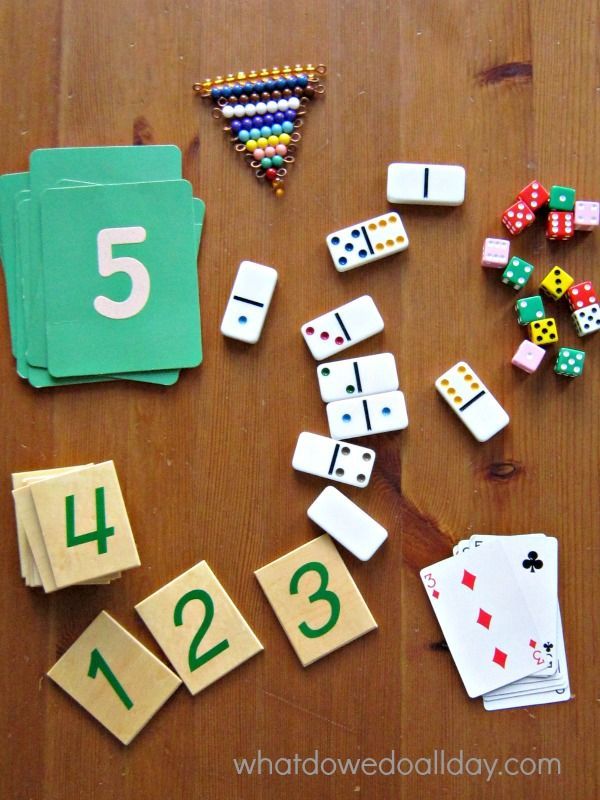 In the process of such a lesson, you can find out what numbers the child knows and where he saw them.
In the process of such a lesson, you can find out what numbers the child knows and where he saw them.
Make a number
It is proposed to lay out numbers from circles, sticks, cubes, triangles, mosaics, mold them from plasticine, clay. You can cut out numbers from velvet or plain paper, old newspapers or magazines, fabrics and stick them on.
For plasticine figures there is a wonderful manual - Plasticine account. It will teach a child to sculpt a number and help to remember it by creating an illustration for it from plasticine.
Numbers by cells
It is necessary to paint over the cells, as in the sample, and get numbers from 0 to 9.
Finders
Cards with numbers are laid out on the table. The child receives a card with a number. You have to find yours.
Pantomime
The adult draws a number in the air with his finger, and the child guesses it, then they switch roles.
Laughers
By drawing or drawing, the figures turn into "little men", "animals" or other funny figures.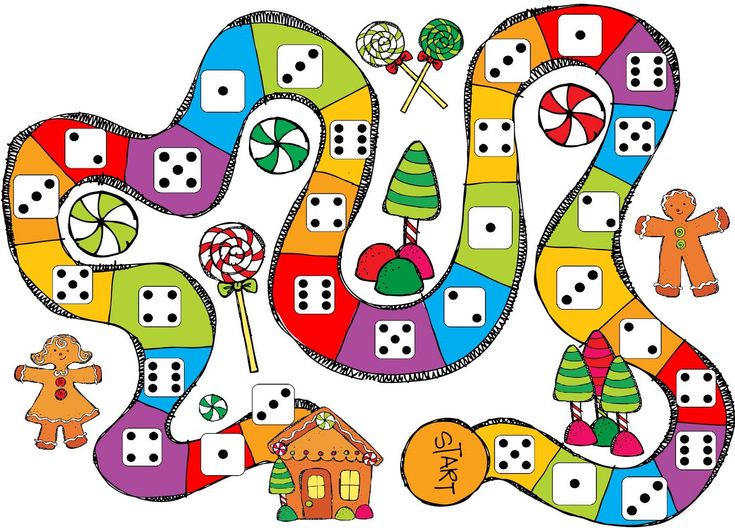
Gymnastics by numbers
An adult offers (squat, jump) to a child as many times as the number indicates.
Find the mistake
The child is shown two cards. The kid needs to determine whether the image of the number on one card matches the number of circles, triangles or objects on the other card.
Memory with numbers
The child examines cards with numbers and memorizes them. The adult swaps them. The kid points out what has changed. If any card is removed, the child guesses which number is gone.
Tangram “Numbers”
Sensorics will help you remember writing numbers: write numbers, mold from plasticine, lay them out from buttons, pompons, figurines, sticks ... Here are the numbers from the tangram.
More tangram tasks here.
Coloring pages for numbers
You can take coloring pages with numbers and invite your child to color them. The child will be interested in creativity, and at the same time consolidate knowledge about the new figure.
Here: Print out the number coloring tasks.
So that the coloring process does not bore the child, you need to use various interesting techniques for this
- paint numbers not only with pencils, but also with paints, wax crayons, stamps;
- lay out numbers from sticks, cubes, mosaics, buttons, peas, pebbles;
- model numbers from plasticine,
- color with fingers using finger paints;
- use non-traditional drawing techniques: cotton buds, crumpled paper, blots, etc.
Board games "Learn numbers" for children
Any walking board games teach counting. Children must understand the number corresponding to the number of dots on the top face of the die that has fallen out, and make the corresponding number of moves forward.
When your child has learned to easily count up to 6, play with two dice at the same time, so you will train not only numbers and numbers up to 12, but also addition.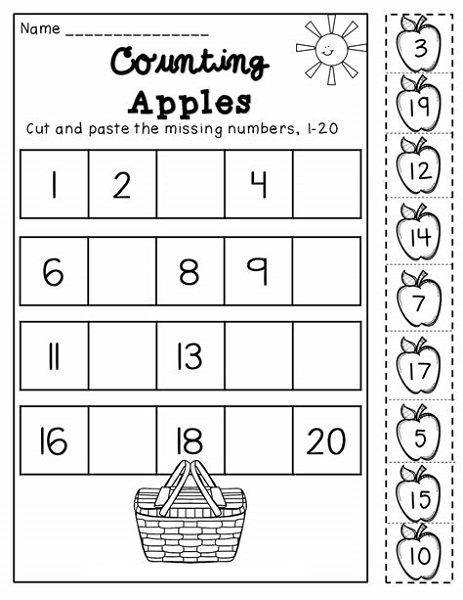
Download and print board games for free!
Mixed domino
The difference between this domino and the classical one is that the child must quickly analyze and correlate the written number and the number of dots.
It is difficult to play with paper dominoes;
Includes 36 dominoes.
Print tasks "Learning numbers" for children
Digital maze
Counting on fingers up to 10
And what tasks for children for learning numbers from the proposed did you like ?
Learn Numbers Games for Kids 2-4
on the App StoreDescription
Learn Numbers is an educational game for preschoolers. The game will help girls and boys to get familiar with numbers from 1 to 20 by playing interesting mini-games. Learn Numbers includes over 100 educational activities for your little one. Children's play also contributes to the development of important skills such as creativity, motor skills, coordination, attention and memory.
Each number in our educational game for kids has a unique story. This allows you to make the gameplay varied and exciting. Moreover, the game contains activities for children on counting, spelling, addition and pronunciation.
Learn Numbers is an educational game designed for preschool children. It is ideal for children 2, 3, 4, 5 and 6 years old. Kids game will teach your kids to recognize numbers, count them, write them and also pronounce them correctly. The gameplay is easy and insanely interesting.
Our toddler game will let kids learn numbers in different languages. 17 languages are supported: Russian, English, German, French, Italian, Spanish, Portuguese, Turkish, Danish, Finnish, Norwegian, Dutch, Swedish, Greek, Chinese, Japanese and Korean.
Features:
- Learn numbers for kids
- Learn to write and count from 1 to 20
- Math for preschoolers
- Learn numbers in 17 different languages
- Over 100 learning activities for girls and boys
- Kids games with numbers and animals
- Numbers 1, 2 and 3 available for free
Ages: 2, 3, 4, 5 or 6 years old.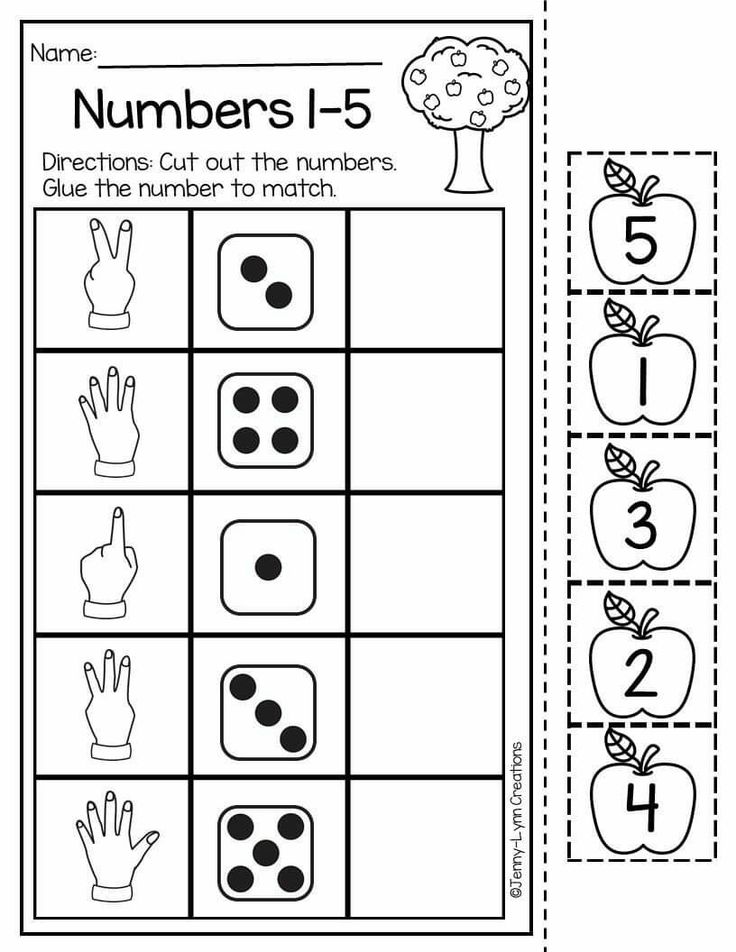 Ideal for preschool education.
Ideal for preschool education.
You will never encounter intrusive ads in our applications. We are always happy to receive comments and suggestions from you.
Version 1.26
Thank you for using our apps. Below are some details of this update:
- Reduced application size.
- Fixed some minor bugs.
Ratings and reviews
Ratings: 17.1 thousand
There is no sound at all!
The price is rather big, but the most important thing - the sound - is not! I looked in the settings, rebooted the iPad, reinstalled the application - nothing helps. In other applications of this series, there is sound, but in the demo version of the "first words" there is no sound in the same way.
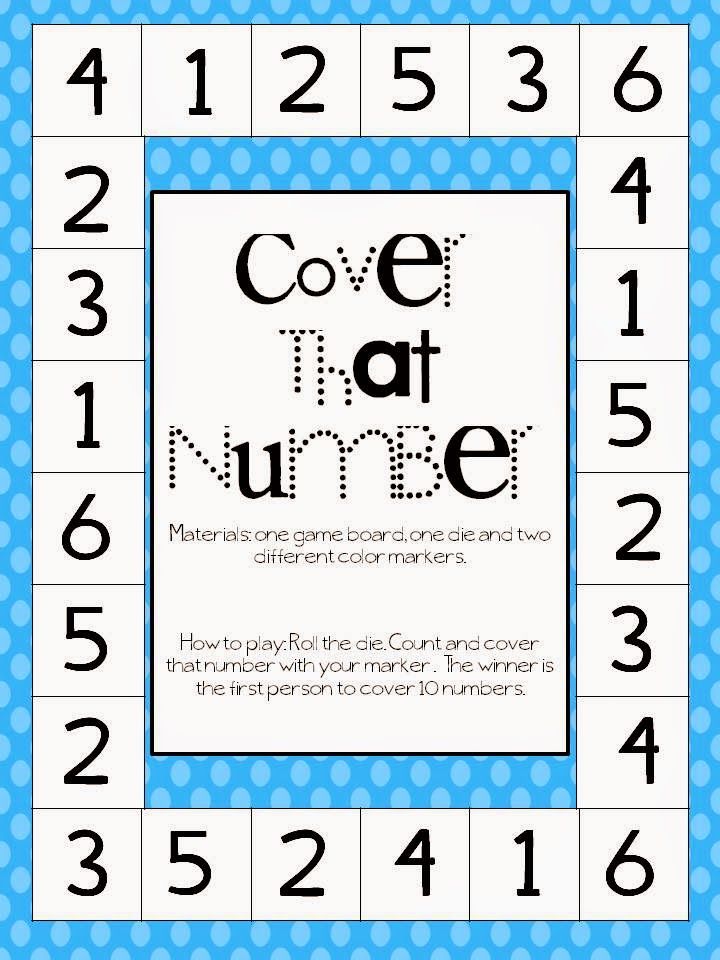
Dear Customer,
Please email [email protected] and we will provide you with the assistance. Feel free to ask any questions or send us more suggestions too! Please follow us on social media to be the first to hear about new releases!Kind regards,
Bimi Boo Kids Team
👍
Great app
Thank you so much for your feedback. It encourages us tremendously :)
Horror
At least up to 10 would be free Horror
Thank you for the review. The games are made by a team of professionals: methodologists designers, animators, programmers, sound designers.
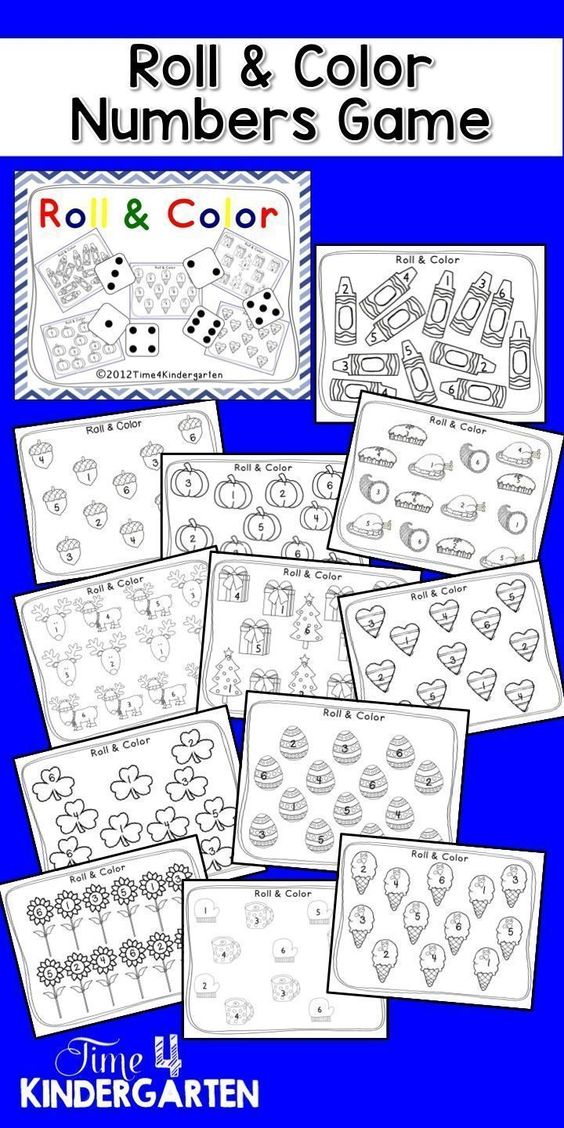
Learn more

